To industry veterans and new market entrants, bitcoin mining seems to be simple and complicated at the same time.
On a high level, a mining operation can be straightforward: You buy equipment, plug it in and start reaping rewards. But in reality, this process is, of course, much more complex.
Over a decade after bitcoin’s genesis block, we are seeing more vertical integration within the mining ecosystem—a sign of how much the industry has matured over time.
In this piece, we seek to explain how the ecosystem works in bitcoin mining. The featured image above visualizes the relationships among multiple parties in bitcoin mining.
These different segments are not necessarily in silos. They can be integrated by a single mining party, depending on its goals, priorities, and risk levels.
For instance, a mining pool can also be a fully-fledged mining operation. An ASIC miner manufacturer can operate a mining pool, provide financial liquidity, and customize firmware solutions while being a mining operation at the same time.
Hardware & Software
Hardware
Mining hardware is perhaps the most fundamental part of the ecosystem, which includes both ancillary equipment and the actual ASIC miners. It takes several steps before ASIC miners can be sold to a mining operation. Other ancillary equipment, such as power supply units, cooling fans, or immersion oil could be necessary depending on the actual needs.
Software
Software is the soul of mining hardware. It includes operating systems, management, and firmware solutions that instruct a piece of hardware to do what it is supposed to do.
We have a more detailed explainer about mining hardware and software here.
Data Center Infrastructure
In addition to hardware and software, a mining operation needs data center infrastructure, which is typically an industrial facility. Specifically, it needs a stable power supply as well as necessary construction equipment such as transformers, cables, and other electrical components.
As bitcoin mining becomes institutionalized, data center infrastructure plays a very vital role in the success of a mining operation — so vital that they are becoming increasingly integrated.
We have listed various business models that mining operations adopt, depending on how they interact with infrastructure providers.
Network Interaction
Once a mining operation has the necessary infrastructure, hardware, and software, it can plug in the equipment to interact with the Bitcoin network to reap block rewards.
To interact with the network, one can choose to be solo mining or join a pool with other participants. This piece takes a deeper look at the mining pool marketplace and the pros and cons of solo mining and pool mining.
Service Providers
Service providers play an important facilitator role in bitcoin mining. They include hardware distributors, hardware brokers, repair services, crypto exchanges, liquidity providers, data services, and advisory firms. Check out this piece for a holistic list of useful data services in bitcoin mining.


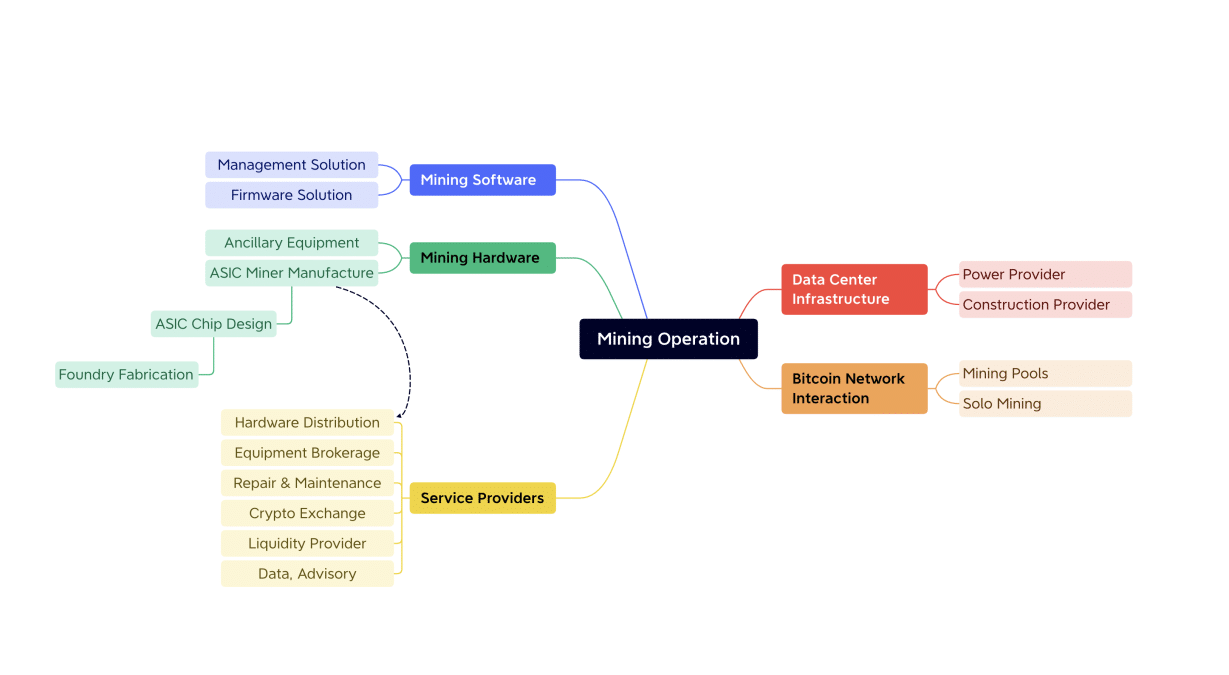

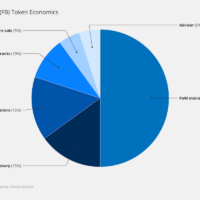
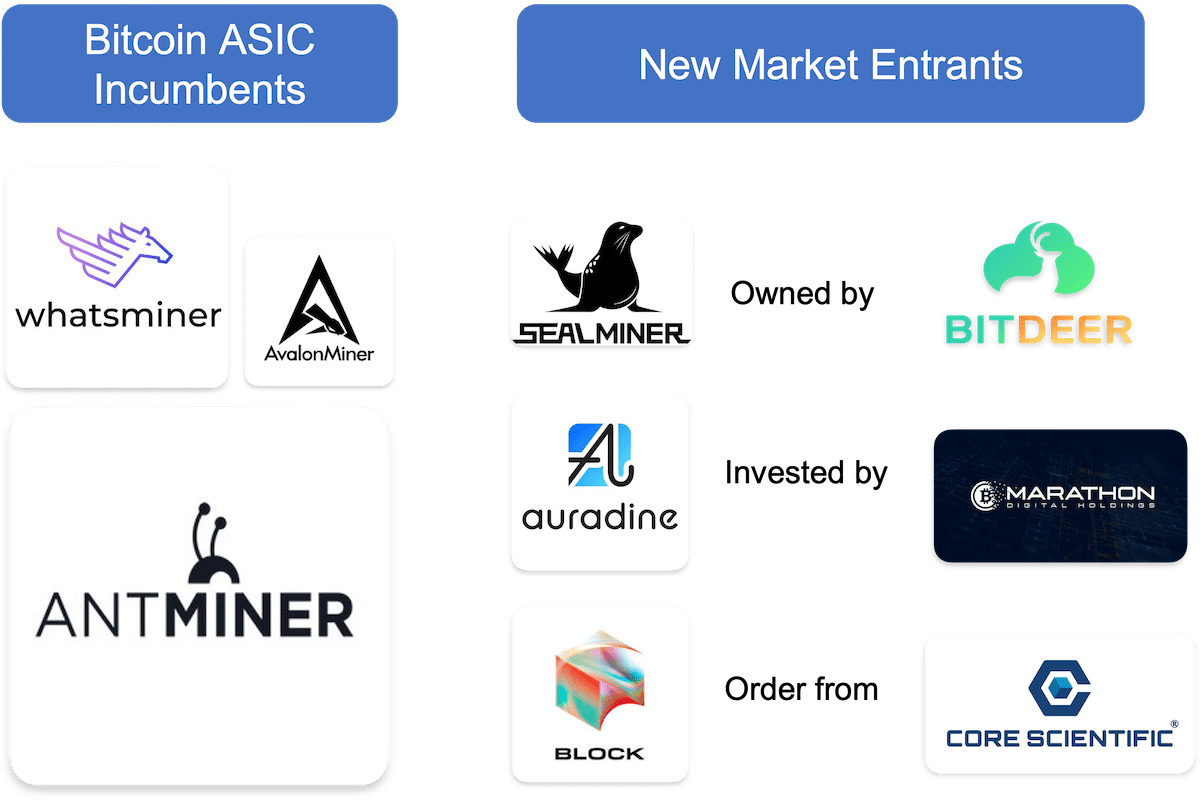
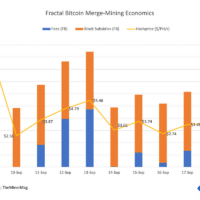
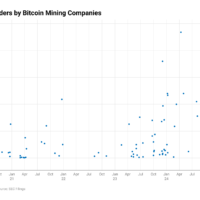
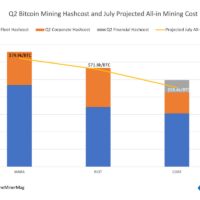

Share This Post: